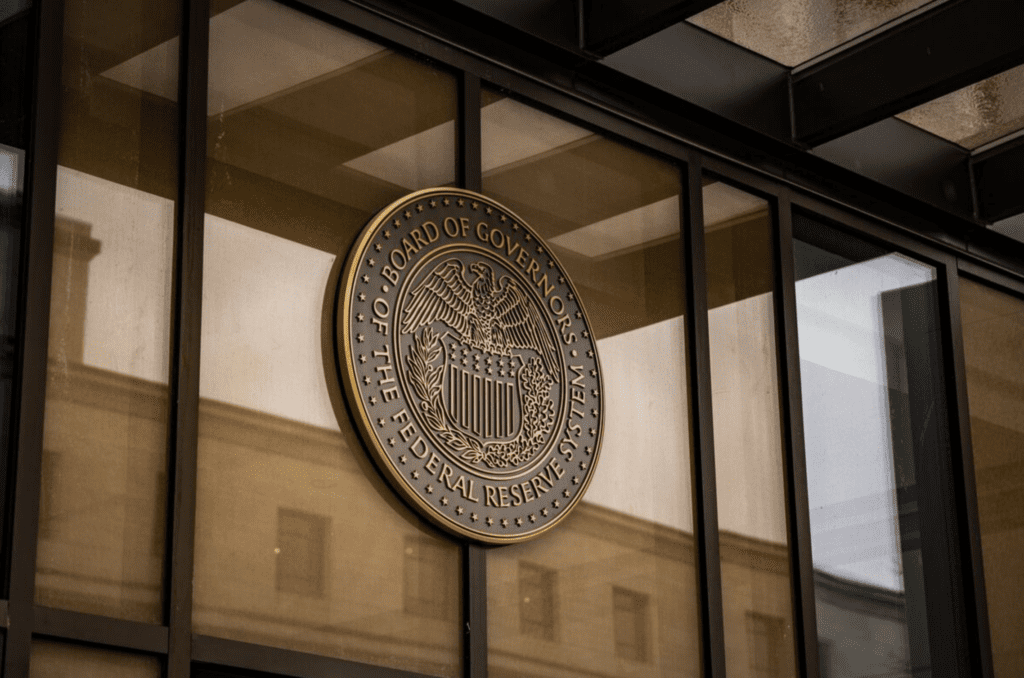The Fed’s Emergency Financing To Banks Has Decreased From $163.9 Billion The Previous Week
Key Points:
- In the last week, the banking industry in the United States has reduced borrowing from two Federal Reserve credit facility facilities, signaling that liquidity demand may be stabilizing.
- Borrowing balances of US financial institutions fell to $152.6 billion in the week ending March 29, from $163.9 billion the previous week.
The Fed’s emergency funding to banks decreases, momentarily alleviating the crisis.

In the most recent week, Bank of America cut borrowing from two of the Fed‘s credit facility facilities, indicating that liquidity requirements may be leveling down. Borrowing balances of US financial institutions fell to $152.6 billion in the week ending March 29, from $163.9 billion the previous week.
The most recent figures indicate that authorities’ attempts to contain the contagion following a succession of bank failures are bearing fruit, even if bank borrowing remains much above levels expected in times of low stress.
“After the dust settled in the banking sector this week, today’s report provides some relief that things aren’t getting worse,” Jefferies economists Thomas Simons and Aneta Markowska said in a client note.
Borrowing through the discount window, the Fed’s usual facility for lending facilities, was $88.2 billion, down from $110.2 billion a week earlier and a record $152.9 billion earlier this month during bank problems, according to the statistics.

The borrowing balance under the Bank’s Term Financing Program (BTFP) was $64.4 billion, up from $53.7 billion the previous week. Following the failures of Silicon Valley Bank of California and Signature Bank of New York, and the Federal Reserve announcing a state of emergency, the BTFP was activated on March 12.
Credit can be extended for a year under the plan, and collateral requirements are strengthened. The Federal Reserve Bank of New York increased its bridge bank loans to the Federal Deposit Insurance Corporation (FDIC) to $180.1 billion in the week ending March 29, up from $179.8 billion the previous week.
According to the statistics, foreign central banks took $55 billion from the Federal Reserve’s Foreign and International Monetary Authorities (FIMA) repurchase agreement facility in the week ending March 29. The agreement reached an all-time high of $60 billion the previous week.
DISCLAIMER: The Information on this website is provided as general market commentary and does not constitute investment advice. We encourage you to do your own research before investing.
Join us to keep track of news: https://linktr.ee/coincu
Chubbi
Coincu News






















